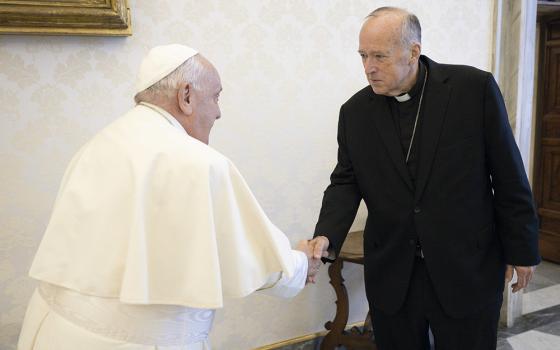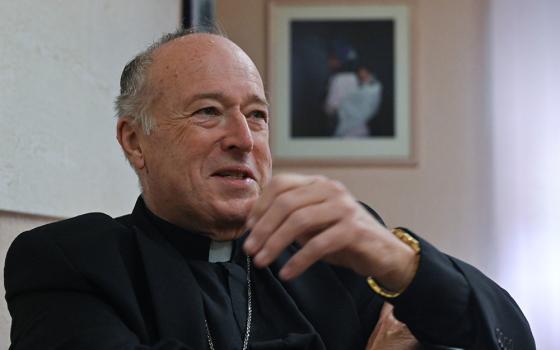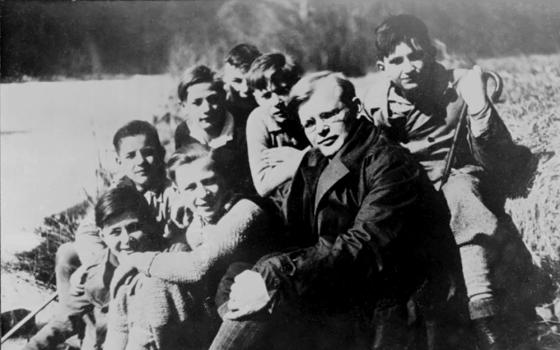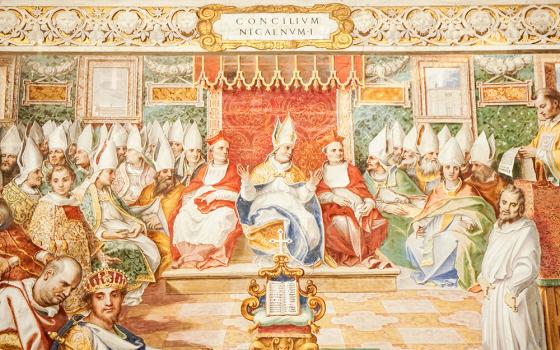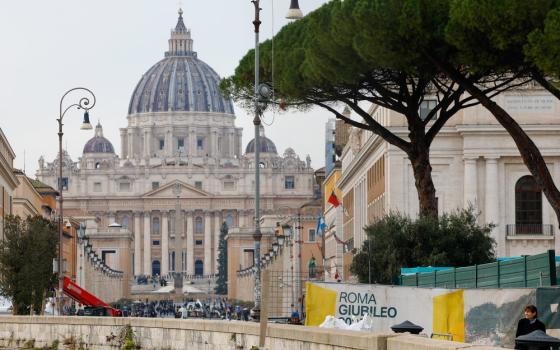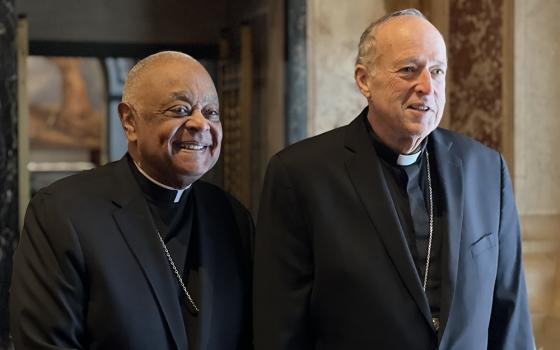
(Unsplash/Ju On)
The Assisi Institute, a meditation and spirituality center in Rochester, New York, will host its inaugural Kriya Yoga Conference next month. About 150 to 200 people, the majority of them Catholic or with a Catholic background, are expected to attend the weekend event, which will feature guided meditations, talks on the history and philosophy of Kriya Yoga, breathing exercises, chanting and silent contemplation.
Featured speakers at the conference, to be held Oct. 13-15, include:
- Trappist monk Fr. William Meninger, who created a form of meditation known as Centering Prayer;
- Sat Bir Singh Khalsa, assistant professor of medicine at Harvard Medical School, who will discuss meditation through the lens of neuroscience;
- Swami Nirvanananda Saraswati, monastic of the Saraswati order and a noted musician.
While the name might give some pause, the conference is not a yoga retreat, or at least not yoga in the sense that most people think of. There won’t be any downward dogs or tree poses, unless participants do those on their own. Instead, Kriya Yoga is best understood as a practice of meditation that is in line with the tradition of Catholic mysticism and spirituality. All of these practices are intended to bring one into deeper relationship with God.
“Kriya Yoga is not a religion,” says Assisi Institute founder and spiritual director Craig Bullock, dispelling one of the primary myths around yoga in its many forms. “It’s a practice and a technique that can be integrated into any existing religious paradigm.”
The Assisi Institute website defines Kriya Yoga as “a combination of meditation techniques and a contemplative/compassionate mode of living,” which Bullock says is a way for laypeople to deepen their faith lives while still being in and of the material world, without withdrawing from it to practice an ascetic lifestyle.
Paramahansa Yogananda, who wrote the classic spiritual guide Autobiography of a Yogi, introduced Kriya Yoga to the West. His book, published in 1946 and still in wide circulation, was the first mass exposure many Westerners had to Eastern spiritual thought.
The Assisi Institute is dedicated to integrating the mystical traditions of East and West. The best-known Catholic mystics include John of the Cross, Julian of Norwich, and Teresa of Avila — all of them saints — but many Catholics are unfamiliar with this part of their faith tradition, says Bullock. As a result, they regard yogic practices as somehow contrary to their own spiritual practices, when in fact the two can enrich each other, he says.
“More and more people want to go beyond the form of religion. They want to experience God’s presence. They want something that is more palpable,” Bullock said. “People are hungry for that. And I think why they’re turning to yoga and Eastern practices is they’re being taught to experience God’s presence in everyday life.”
They’re also looking for some quiet in an ever-busier, more frantic world, he says.
“It’s peaceful. There are large amounts of silence despite the number of people,” said Fr. Dan Holland, a recently retired diocesan priest who regularly attends Thursday night meditation at the Assisi Institute and will be at the conference next month. “It’s just the whole style of prayer is so inclusive, and certainly heavily influenced by Kriya Yoga for sure, although there’s an honoring of Christianity and Christ. It’s a beautiful blend.”
He added, “It puts you in touch with something deep within yourself.”
Ursula Arnold is the Assisi Institute’s retreat director and a newly christened spiritual director who did her training there. She worked in church ministry at a Rochester parish for many years and for a Catholic Worker house, and she has completed the 19th Annotation retreat, based on St. Ignatius of Loyola’s Spiritual Exercises.
All of which, she says, makes her a credible witness for incorporating Kriya Yoga meditation into one’s Catholic spiritual life.
“I’ve learned through Kriya to appreciate my Catholic faith more. I don’t take it for granted,” she said. “It’s given me a better understanding of things people think we do just because we’re Catholic. For instance, the sacraments. Yes, they are important, but what does it all mean for you, and why?”
Bullock drew a parallel between the seven sacraments and the seven chakras, or energy centers in the body, which are a part of Eastern belief. He also noted that Jesus made seven “I am” statements in the Gospel of John, including “I am the true vine” and “I am the way, the truth, and the life.” He’ll be using these ideas as the basis for meditation during the conference.
Advertisement
He also notes that Catholicism incorporates physical movement into worship, not unlike a physical yoga practice.
“Think of the sign of the cross; it’s a mudra. It’s a hand motion that opens us up to grace,” he says, using the Sanskrit term for a gesture that’s usually made with the hand or fingers. “There are already yoga movements in Christianity, in Catholicism. The sign of the cross is a physical motion that in some way, shape or form opens us up to grace, to a blessing. Even the way we hold our hands in prayer, it opens us up to energy.”
One of Bullock’s spiritual teachers is Franciscan Fr. Richard Rohr, founder of the Center for Action and Contemplation in New Mexico. He has taught at the Assisi Institute previously, and prefers the word “contemplation” to “meditation.” Rohr, too, has found that many Catholics fear incorporating wisdom from other traditions into their own faith lives, but this need not be the case, he told NCR.
“They think any integration from another religion is a loss of focus. But I experience it in our students as a deepening of our faith, not a limiting,” he said, noting that the contemplative tradition goes back to the desert fathers of the first century, but many people are unaware of that. “My sadness is that most Christians think of it as an Eastern religion.”
The efforts of the Assisi Institute to educate people on the ways Eastern traditions can enrich their Western beliefs, he said, are “not a watering down, but a solidifying.”
[Julie Bourbon is a freelance writer based in Washington.]

